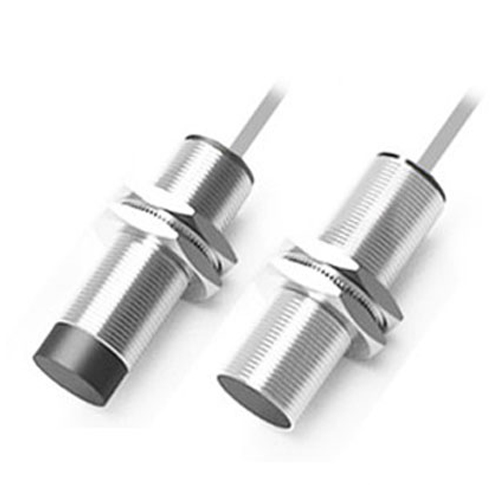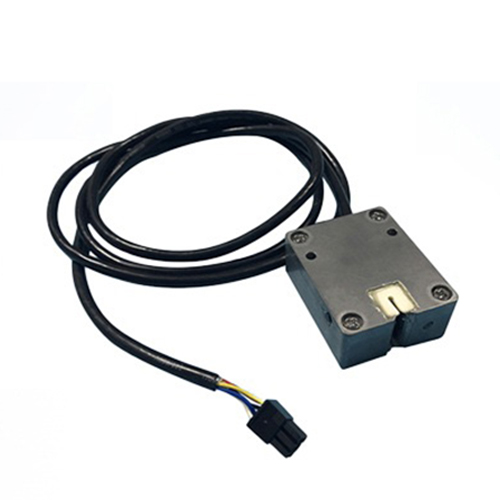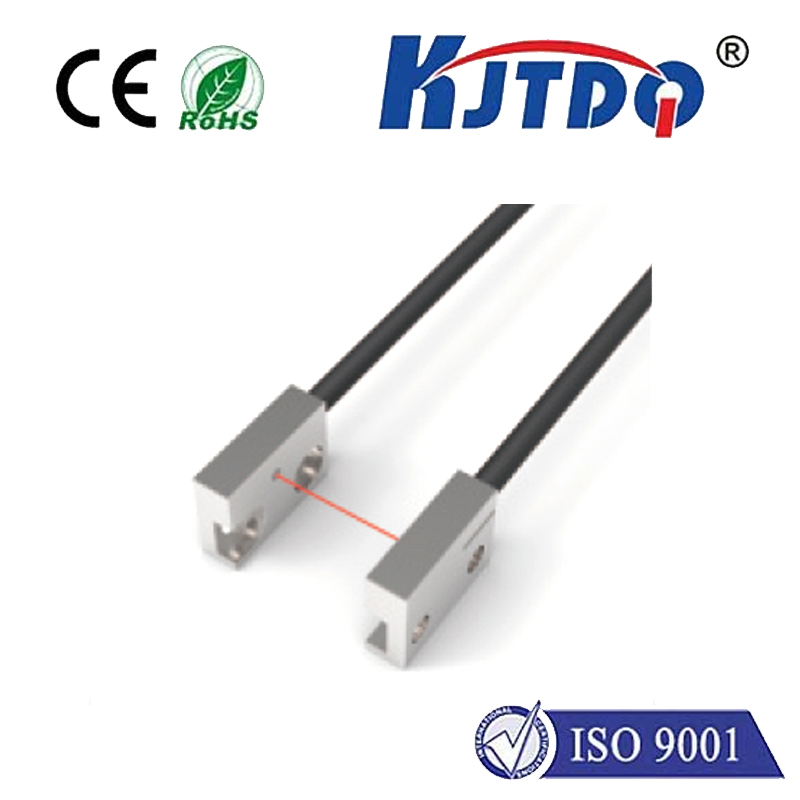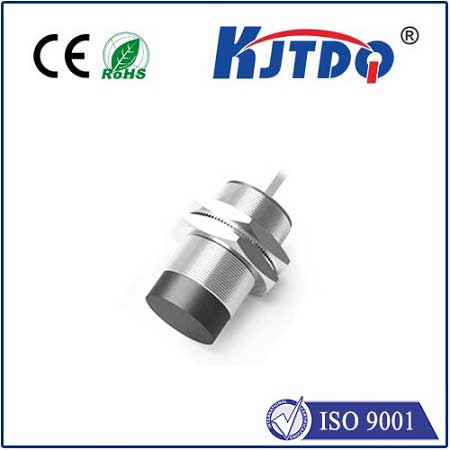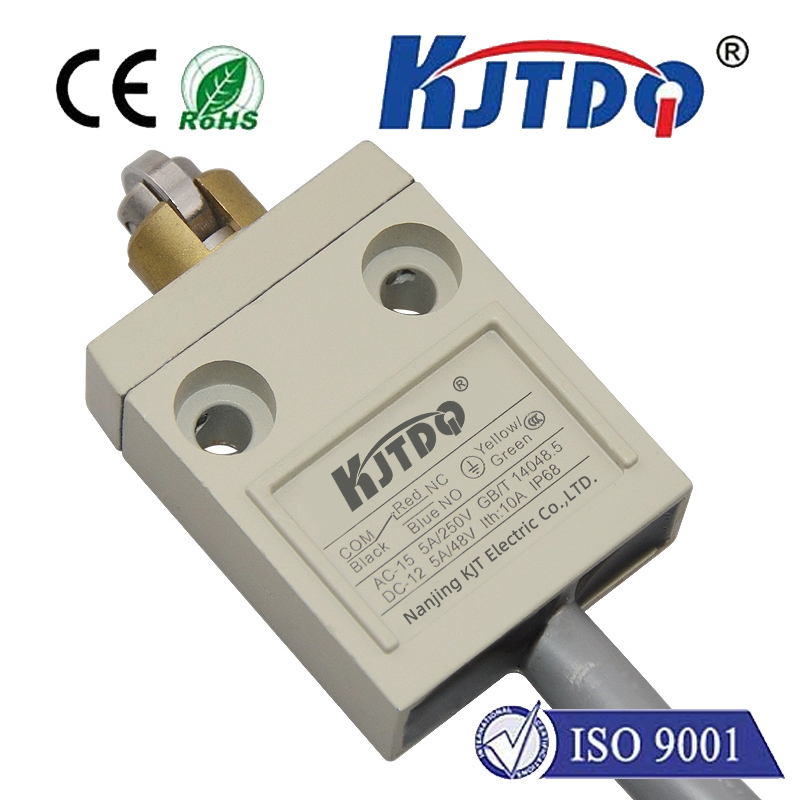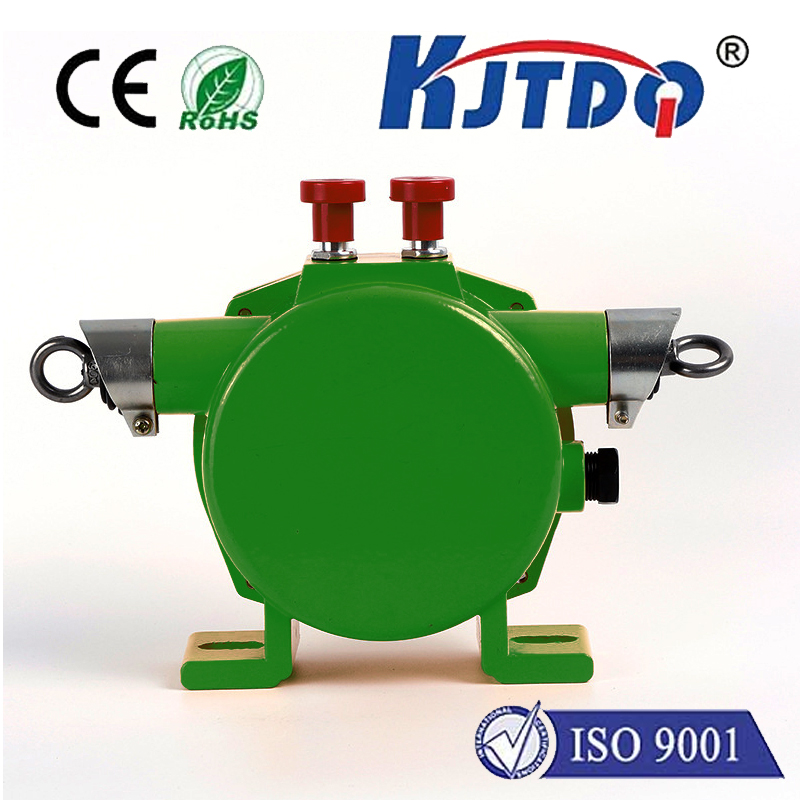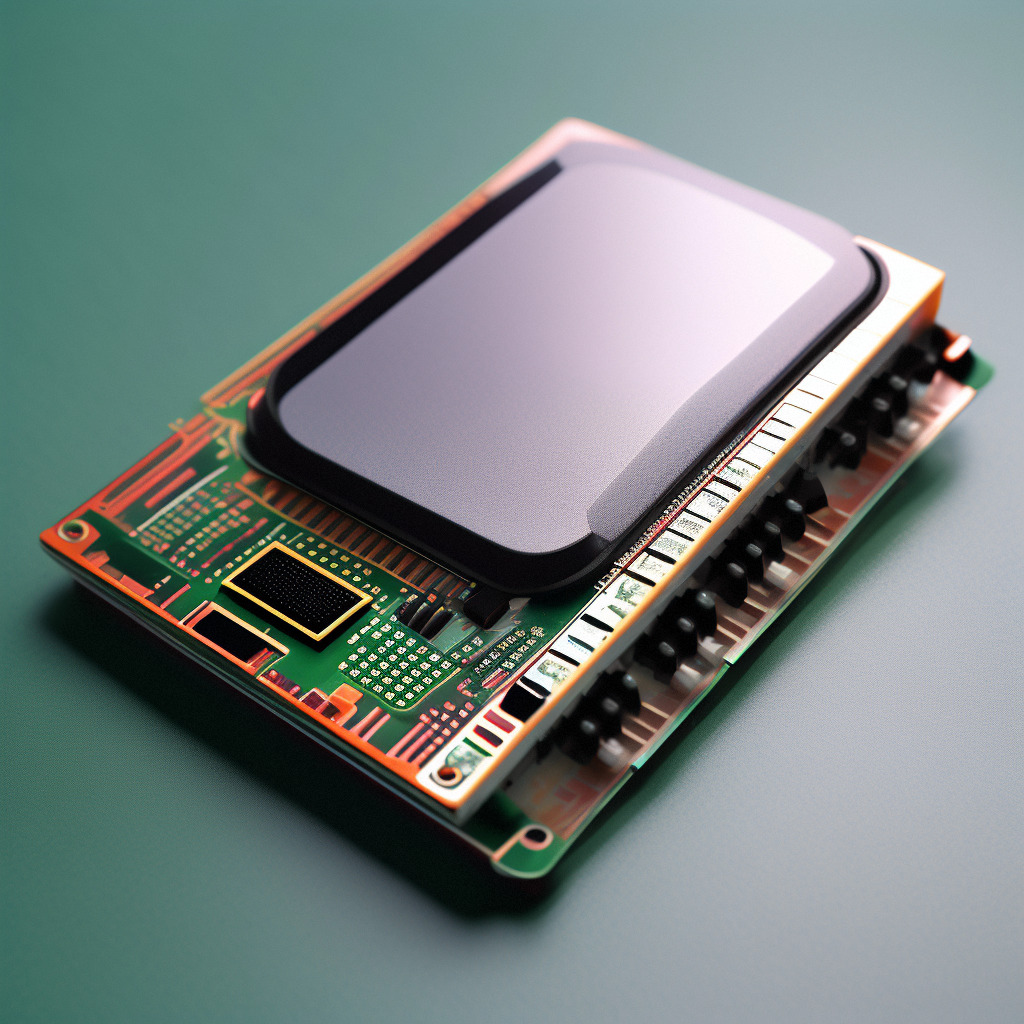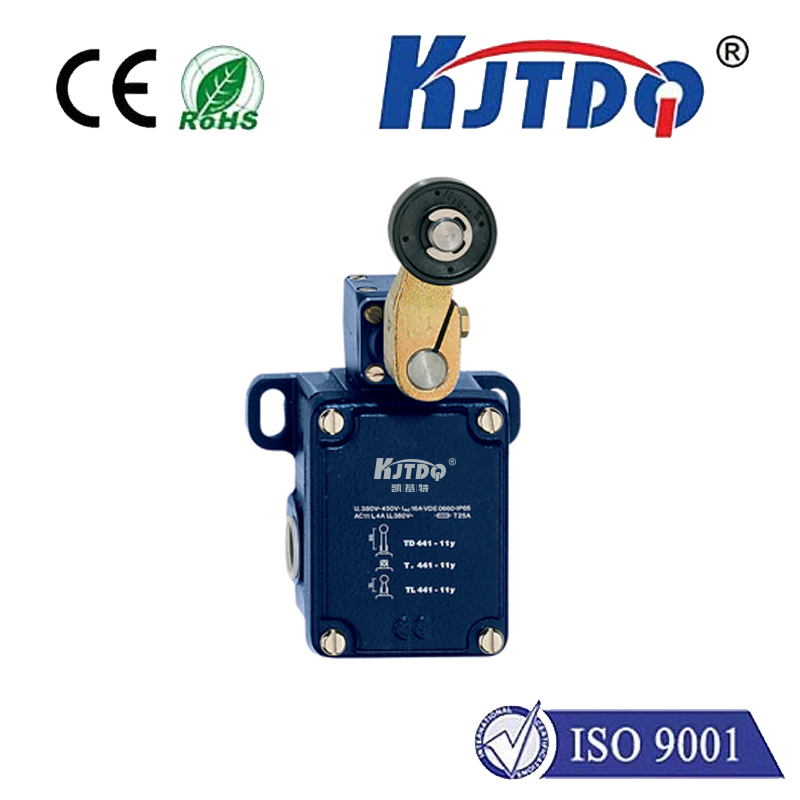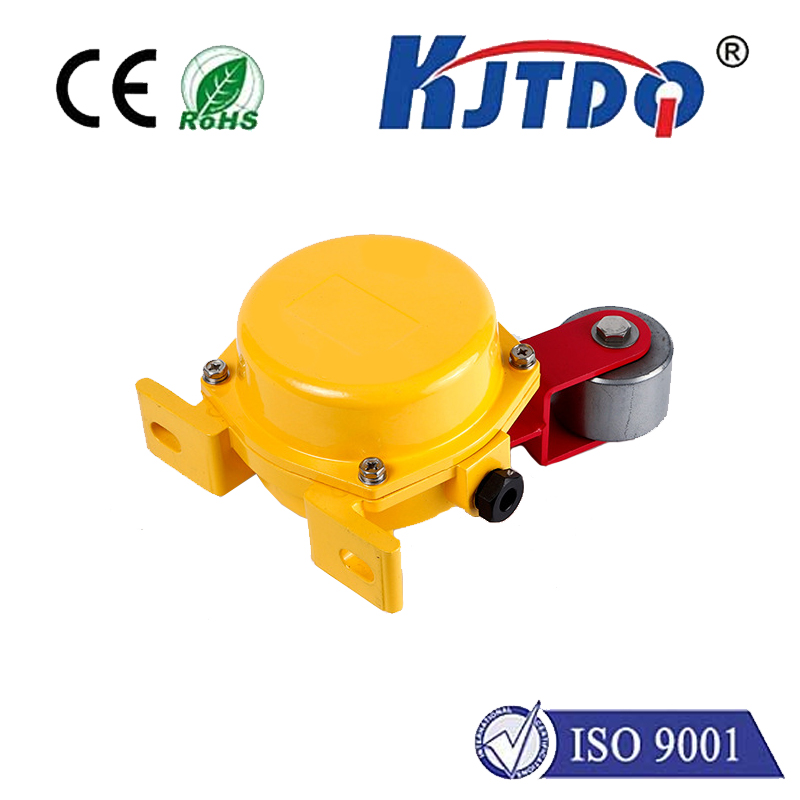

check

check

check

check

check

check

check

check

check

check
Title: Understanding the Technicalities of ZCK J1 Limit Switch
Introduction to ZCK J1 Limit Switch
ZCK J1 limit switch is a type of mechanical switch used in various industrial and commercial applications. It is designed to detect the movement of a lever or trigger, typically used for controlling the opening and closing of doors, windows, or other equipment. In this article, we will delve into the technicalities of ZCK J1 limit switches and their functions in different scenarios.
Understanding the working principle of ZCK J1 limit switch
The basic working principle of a ZCK J1 limit switch involves the use of a mechanical mechanism to convert the physical movement of a lever or trigger into an electrical signal. The mechanism consists of a spring, which acts as a counterweight when the lever or trigger is not being pressed. When the lever or trigger is pressed down, the spring expands and pushes against the contacts inside the switch, causing a direct current (DC) or energized coil to flow through the circuit. This change in current flow can be detected by an external circuit and acted upon accordingly.

Types of ZCK J1 limit switches
There are several types of ZCK J1 limit switches available in the market, each with its unique features and application areas. Some of the common types include:
1. Single-pole, single-throw (SPST) limit switches: These are the simplest type of limit switches, comprising only two contacts that open or close when the lever or trigger is pressed. They are commonly used for simple on/off control applications.
2. Double-pole, double-throw (DPDT) limit switches: These switches have four contacts and can be either in an open or closed state simultaneously. They are commonly used in situations where multiple devices need to be controlled independently.
3. Three-way (3WP) limit switches: These switches have three contacts and can be used for three-way control applications, such as controlling multiple parallel motors or actuators.
Choosing the right ZCK J1 limit switch for your application
When selecting a ZCK J1 limit switch, it is essential to consider factors such as the desired level of protection (e.g., normally open, normally closed), the voltage rating of the circuit it will be connected to, and any specific application requirements. Additionally, it is important to verify that the selected switch meets all safety standards and regulations set forth by relevant industry bodies.
Using ZCK J1 limit switches safely and efficiently
To ensure safe and efficient operation of ZCK J1 limit switches, it is crucial to follow proper installation guidelines and maintain regular inspections and maintenance schedules. This includes ensuring that the switch is correctly aligned with its mounting surface, avoiding contact with moving parts or objects, and replacing worn out or damaged components promptly. By following these best practices, you can maximize the performance and longevity of your ZCK J1 limit switches while minimizing the risk of accidents or failures.

